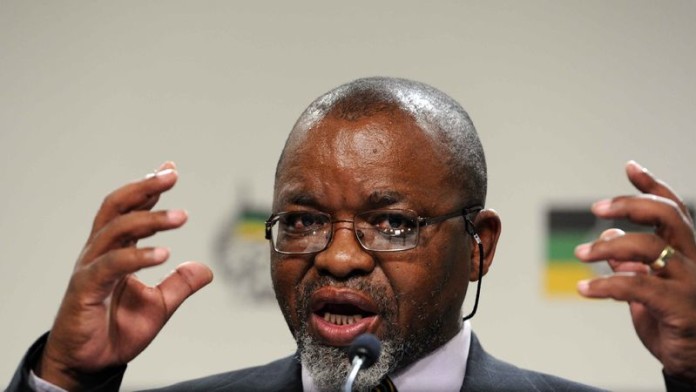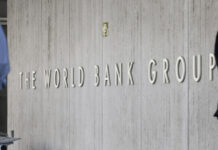
DESPITE the increasingly strident efforts of Minister Mantashe and his officials to have us believe “regulatory certainty” is ubiquitous, the mining regulation landscape in South Africa has become dramatically less certain since the introduction of Mining Charter III. Rather than creating investor certainty, he and his team have done precisely the opposite.
It is highly unlikely that foreign mining investors will return to South Africa in significant numbers, it is safe to say. One doesn’t have to look too far, or too hard, to see the reasons. South Africa is a mining jurisdiction in which vague, poorly drafted legislation and regulations are the norm. It is a place where politicians and officials believe they have full discretion on how to apply that legislation and regulations.
On top of that, the entire regulatory system rests on the dysfunctional SAMRAD (South African Mineral Resources Administration System) system which is broken. Acceptance and granting of prospecting right applications literally takes years, and when they are granted they often overlap other existing rights or are granted contrary to legislation.
In essence, the mining sector regulation in this country is now a confusing and secretive mess in which the only real way for prospective participants to achieve any momentum in terms of progressing their applications requires litigation or “connections” in the department. A very unappealing prospect for foreign investors.
And while it may be hard to believe, those are not even the main reasons why investors will probably not return.
The main disincentive to foreign investment is rooted in the developing and gazetting new iterations of the Mining Charter. The minister determines what goes into the Charter, after consulting with various South African role players, absent, as far as I can tell any actual mining industry investors.
The original charter was a grand compromise that suited no-one, as is the nature of compromises. The government and ANC representatives went round the world to explain the necessity of the compromise to investors – and, I believe, promised that the 26% BEE ownership threshold would not change.
Minister Mantashe’s Mining Charter III broke that promise with an amendment asking for 30% BEE. This progressive trajectory is part of a tightening of the screws on all the other onerous requirements mining companies must bear from compelled procurement to social obligations. It is the setting of this trajectory that might well be the final nail in the South African mining sector’s coffin.
The bottom line is that there is now not even the slightest glimmer of certainty regarding Charter 4, 5 or 6. From a foreign investor’s point of view, this reveals the Charter to be less about creating a firm foundation for mining growth and social cohesion in South Africa, and more about the expropriation of growing portions of their already inherently risky future returns.
INVESTORS, NOT DONORS
The simple truth is that investors are investors, not donors. Given that a trajectory is set that can only result in lower, or even negative future returns to investors, the risks involved in investing in mining in this country far outweigh the potential long-term returns. And no foreign investor, in any sector, would find that a compelling proposition.
Minister Mantashe has tried to allay these fears by promising that he won’t exercise his right to amend the Charter at will, for at least five years following the finalisation of its latest draft.
Unfortunately, there is a history of broken promises which means that this guarantee won’t inspire confidence. Even if he is true to his word, the timeline means that a revised Charter is likely to make its appearance in 2023-2024 anyway, so there will be few mining companies and investors brave enough to make new long term investment decisions under those uncertain conditions.
Ultimately, the only real way to win back the interest of foreign investors is to provide them with a measure of certainty about what the future of the industry holds.
Unfortunately, the future of the industry has rarely been less certain. And South Africa doesn’t have, and has never had, a large enough savings base to be able to fund the mining industry on its own.
It depends on foreign investors for new investment. But if the so-called progressive Mining Charter process continues on its current course, foreign investment will keep drying up, until there will likely be very little left of an industry that was once the jewel in South Africa’s economic crown.
Paul Miller is a Director at AmaranthCX, a consultancy serving the African mining supply industry.











